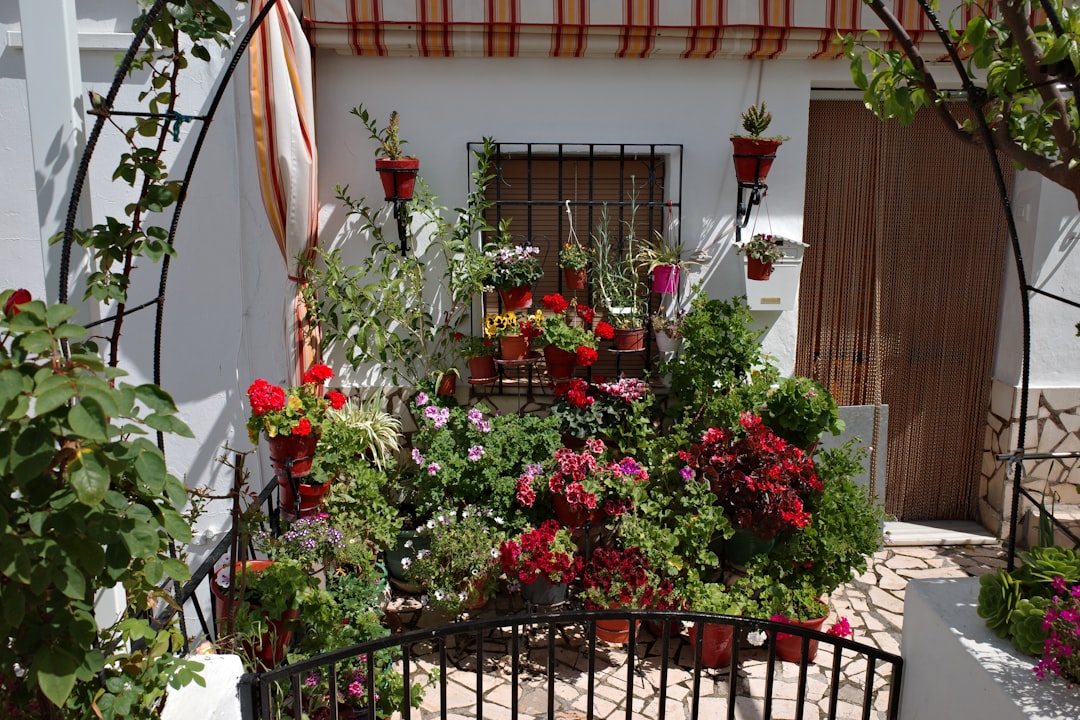The Secret World of Poinsettia Care

Poinsettias are one of the most popular houseplants, especially during the holiday season. Their vibrant red and green foliage adds a touch of festive cheer to any home. However, caring for poinsettias requires a bit of knowledge and attention. In this article, we'll explore everything you need to know about poinsettia care, from providing the right amount of light and water to getting them to rebloom and choosing the popular types to grow.
Light Requirements
Poinsettias thrive in bright, indirect light. They should be placed near a window where they can receive at least six hours of sunlight per day. However, direct sunlight can be too harsh for their delicate leaves and may cause them to burn. If you don't have a window with enough light, you can also use artificial grow lights to supplement the natural light. Make sure to keep the lights on for about 12 - 14 hours a day to mimic the natural daylight cycle.
Watering
Proper watering is crucial for the health of poinsettias. Over - watering can lead to root rot, while under - watering can cause the leaves to wilt and drop. To water your poinsettia correctly, wait until the top inch of the soil feels dry to the touch. Then, water the plant thoroughly until water drains out of the bottom of the pot. Be sure to empty the saucer under the pot after watering to prevent the plant from sitting in standing water. During the winter months, when the air is drier, you may need to water your poinsettia more frequently.
Temperature and Humidity
Poinsettias prefer temperatures between 60°F and 70°F (15°C - 21°C). Avoid placing them near drafty windows, heaters, or air conditioners, as sudden temperature changes can stress the plant. They also like a moderately humid environment. You can increase the humidity around your poinsettia by placing a tray of water near the plant or using a humidifier. Misting the leaves can also help, but be careful not to over - mist as this can lead to fungal diseases.
Fertilizing
During the growing season (spring and summer), you can fertilize your poinsettia every two weeks with a balanced, water - soluble fertilizer. However, once the plant starts to develop its colorful bracts (usually in the fall), stop fertilizing. This will help the plant focus its energy on producing those beautiful red or white bracts.
Getting Poinsettias to Rebloom
Getting a poinsettia to rebloom can be a bit challenging, but it's definitely possible. After the holiday season, when the bracts start to fade, cut the plant back to about 6 inches (15 cm) tall. Keep it in a cool, dark place with temperatures around 50°F (10°C) and water it sparingly. In mid - September, start giving the poinsettia 14 hours of complete darkness each day (you can cover it with a box or place it in a closet) and 10 hours of bright light. After about eight weeks, you should start to see the bracts forming again.
Popular Types of Poinsettias
There are several popular types of poinsettias to choose from. The classic red poinsettia is the most well - known and widely available. It has large, bright red bracts that are perfect for the holiday season. There are also white poinsettias, which have a more elegant and pure look. Pink poinsettias add a soft and romantic touch to any decor. Some newer varieties have variegated bracts, with different colors mixed together, creating a unique and eye - catching display.
In conclusion, caring for poinsettias can be a rewarding experience. By providing the right amount of light, water, temperature, and following the proper steps for reblooming, you can enjoy these beautiful houseplants year after year. Whether you choose the classic red or one of the more unique varieties, poinsettias are sure to enhance the beauty of your home.